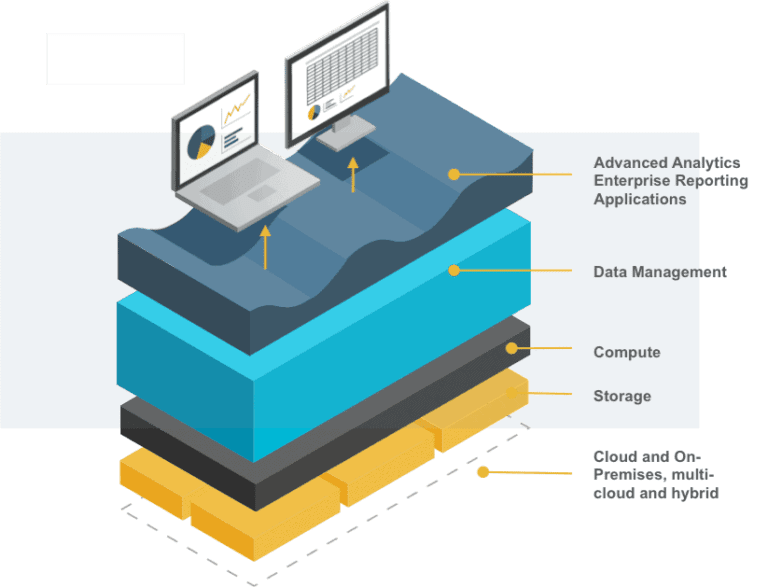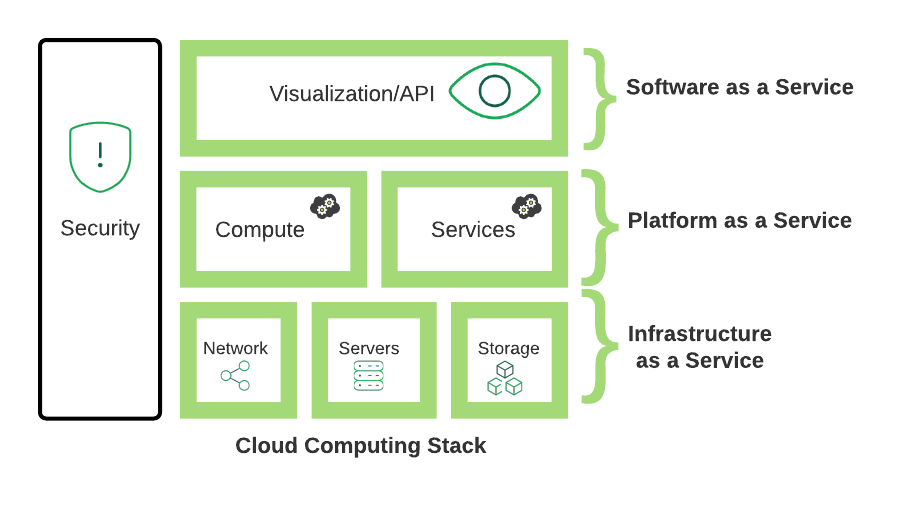Top 5 strategies for Cloud Migration in a Multi-cloud Architecture
The global trend in a post-pandemic world shows that businesses are moving towards to digital environment. The increased availability of options to digitalize business management is a healthy sign for any business.
Introduction#
The invention of cloud computing techniques has already impacted the pace of transformation and transition. The benefit of having a cloud-based business certainly boosts risk-free business growth. Thus, according to new trends, business migration to cloud computing has created new demand and insights about handling business on the cloud. Among the cloud computing techniques, migration to multi-cloud is getting highly popular. Based on the success case of migration, other businesses are likely to follow migrating to cloud infrastructure.
But the migration to a multi-cloud system or for that matter any cloud computing system requires thorough background research. Migration to cloud infrastructure needs keen introspection from the business future perspective that must involve a roll-back strategy if the migration fails. Successful migration to cloud infrastructure also deals with the continuous challenges of complex computing systems. Therefore, it is desirable that businesses must gain cloud visibility before migrating to the cloud system. Every business is required to follow certain strategies before migrating to cloud infrastructure. The benefit of looking at certain key strategies is to make a risk-free transition of business on the cloud.

Cloud Migration Strategies#
The importance of setting the key strategies before migration to multi-cloud infrastructure is to mitigate the risk post-migration. It is obvious that every business will prioritize the strategies based on the business area and service delivery. The basic charting of key strategies to look at before migration helps businesses in a swift and hassle-free transfer. It also enables the optimization of resources required in the migration. A look at the five best strategic actions that every business must work on before migrating to cloud infrastructure is elaborated.
1. Pre and Post-Planning for the cloud migration#
Planning is an essential part of any business activity. Migration to cloud infrastructure requires pre-planning that starts right from the moment the idea to migrate comes to light. Planning before and after the migration is so important more than 60% of migration fails only because of a lack of planning.
- The business organizations while planning must consider the residual data and machine workload along with main operations.
- A simple and meaningful illustration of the business conditions must be completed "before" migration.
- This will help to compare to "after" migration business flow and will highlight the success or failure.
- An inventory of applications, servers, and support systems must be documented based on the machine data.
- The visualization of key performance metrics is also essential to take the business growth in a pre and post-migration assessment.
2. Monitoring Application Performance#
The monitoring of applications when shifted to multi-cloud infrastructure empowers the working efficiency of resources. This monitoring is vital to the transition-related economy. When a business decides to migrate to multi-cloud, the economic cost of migration is one of the criteria that facilitates or hinders the change-over. Hence, putting in place an effective and working customized system of monitoring the application performance will impact the outcome of the migration. NIFE as a key service provider helps monitor businesses when working on multi-cloud architecture. It shares the monthly reports of assessment with the businesses and also helps in analyzing the performance to improve productivity.
3. Establish key KPIs#
The key performance indicator (KPIs) are used to track the effectiveness of the transition to multi-cloud. The setting up of KPIs for migration to multi-cloud infrastructure will enable to replacement of larger non-functioning assets with more predictable operational activities. Businesses need to pay attention to prioritizing the scalable model with the flexibility to use cloud capabilities. The customization of KPIs as per the business requirement and assessment will generate key strategic decisions. The KPIs will be a guiding factor to ensure the cost-effectiveness of business using cloud computing strengths.
4. Codify workflows#
The business operates on a cloud system that generates and streams data signals. Such data signals carry vital customer and business information. The cloud infrastructure enables one to put an observation to flowing data and be able to collate for business insights. NIFE can collect the observed data for businesses, interpolate the data, and can provide a holistic vision for future business actions. The use of codification to monitor the workflows also enables the protection of residual data. Simultaneously also allows the technicians to code, edit, review, and revise the data flow.
5. In-place data portability and interoperability#
The changeover from one cloud to multi-cloud has changed the way data is being observed and analyzed. The business functions that are operated on multi-cloud require to be shared between various service providers. Thus, the effectiveness of data portability without compromising the authenticity of the data and the information generated. With the increasing trend to shift business to multi-cloud infrastructure, the issue of interoperability has become evident. Businesses on multi-cloud use vendors from multiple cloud systems. Hence it is important to place an organizational policy of data portability and interoperability. The effectiveness of working on multi-cloud will only be possible when data interchange is swift and secure. It is mandatory to capture the data in a seamless manner. This will be helpful during the analysis process that will help in making useful business decisions.
Summary#
The migration to multi-cloud infrastructure is an ongoing process. Businesses want to migrate to multi-cloud to reap the benefits of cloud computing. Cost-effectiveness and scalability are key attractions for businesses migrating to the cloud. But certain key strategies require adherence before moving to multi-cloud. The importance of such strategies is it offers risk-free transition of business on multi-cloud and ensures productivity.
- Planning becomes one of the key aspects of migration to multi-cloud.
- A pre and post-planning simulation is required to think accordingly about the plans are made to migrate.
- A pre and post-planning simulation shall be made available to help manage the business in pre and post-migration.
- Monitoring the application performance is a key aspect that highlights the success or failure of the decision.
- The NIFE-based monitoring application is an example of monitoring the workflow on the cloud.
- The codification of workflow will generate cost-effective business decisions using residual information.


















